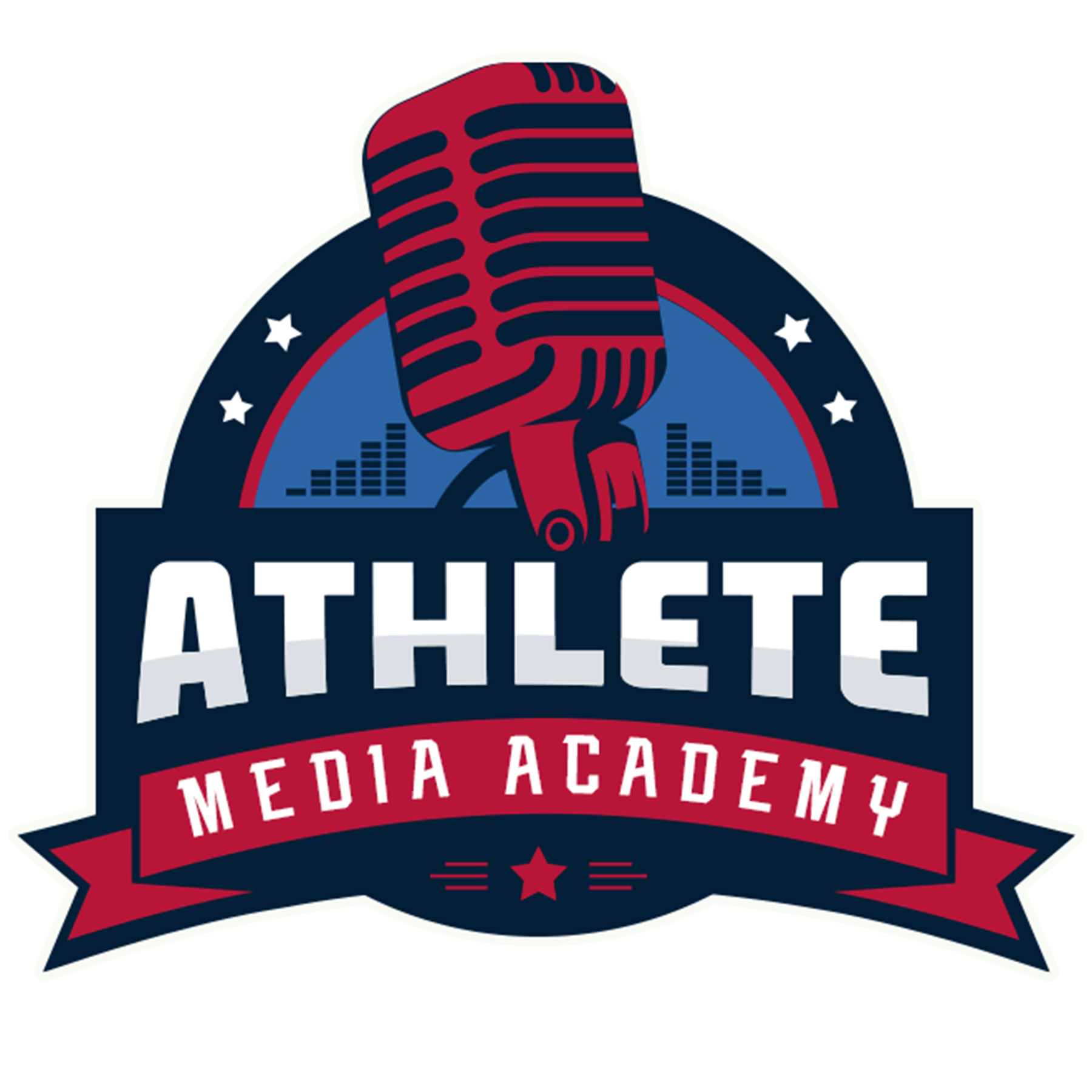Section 1, Lesson 1 – Role of Media in Sports
Lesson Overview
Media is an essential part of modern sports, shaping narratives, influencing public perception, and providing athletes with a powerful platform to share their stories. This lesson explores the role of media in sports, its impact on athletes, and the opportunities and challenges it presents. Athletes will learn how media works, why it is important, and how they can engage with it effectively.
Learning Objectives
By the end of this lesson, athletes will be able to:
✅ Understand the role media plays in sports and athlete branding.
✅ Recognize the benefits and challenges of media exposure.
✅ Identify different types of media and their impact on athletes’ careers.
✅ Develop strategies to engage with media in a professional and productive manner.
Section 1: What is the Role of Media in Sports?
The media serves as a bridge between athletes, teams, fans, and the general public. Its primary functions include:
✔️ Informing & Reporting – Covering games, player performance, and industry news.
✔️ Entertainment & Storytelling – Creating compelling narratives about teams and athletes.
✔️ Marketing & Branding – Helping athletes and teams gain exposure, sponsorships, and fan engagement.
✔️ Public Accountability – Holding organizations and athletes responsible for their actions.
Section 2: The Impact of Media on Athletes
While media can elevate an athlete’s career, it also comes with challenges. Understanding these dynamics allows athletes to make informed decisions about their media presence.
✔️ Opportunities:
- Expanding personal brand reach and increasing sponsorship potential.
- Gaining visibility and fan support through press coverage.
- Controlling their own narrative through direct media engagement.
✔️ Challenges:
- Increased scrutiny and constant public attention.
- Risk of misinterpretation or negative press.
- Navigating difficult questions and controversial topics.
Section 3: Types of Media & Their Influence
Athletes engage with different types of media, each with its own impact. Understanding these distinctions helps athletes prepare for various media interactions.
✔️ Traditional Media: Television, radio, and print journalism.
✔️ Digital & Social Media: Websites, blogs, and social platforms like Twitter, Instagram, and TikTok.
✔️ Player-Driven Media: Podcasts, personal blogs, and athlete-run social channels.
🔹 Exercise: List three media platforms that you interact with or appear on. What type of audience do they reach, and how do they influence your public image?
Final Takeaways & Action Plan
Understanding the role of media in sports allows athletes to navigate the media landscape strategically, ensuring they maximize opportunities while avoiding common pitfalls.
✅ Next Steps: Develop a personal media strategy by identifying key platforms and media interactions that align with your career goals.

